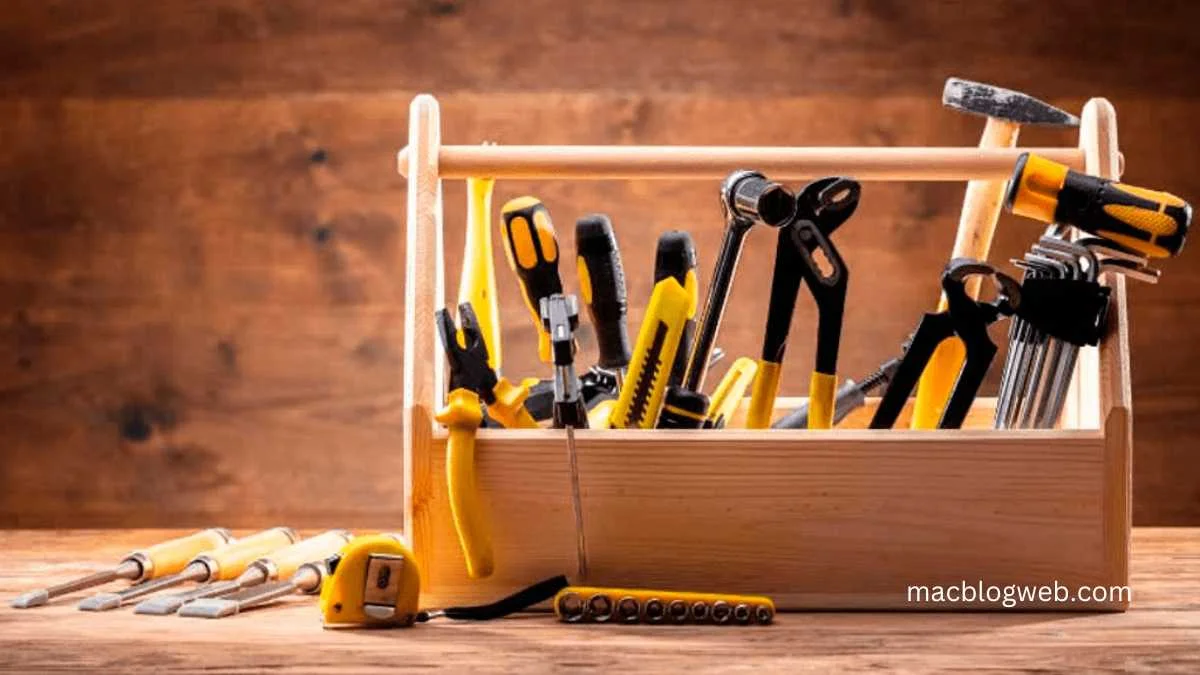Key Takeaways:
- High-performance hand tools significantly improve workflow efficiency and precision.
- Understanding the features and benefits of advanced tools can help optimize their use.
- Regular maintenance and proper handling of tools are crucial for long-term performance.
- Integrating technology in hand tools enhances their functionality and user experience.
Table of Contents:
- Impact on Efficiency
- Benefits of Performance Tools
- Features to Look For
- Maintenance Best Practices
- Technology Integration
- User Experience and Safety
Impact on Efficiency
Workshops and industries worldwide are experiencing a revolution in efficiency thanks to high-performance hand tools. These tools, designed with precision and durability in mind, help eliminate common workshop roadblocks, increasing productivity. Whether dealing with intricate tasks or heavy-duty operations, using the right tools can drastically reduce time and effort. High-performance tools, such as precision screwdrivers and torque wrenches, ensure that tasks requiring meticulous accuracy are executed flawlessly. This enhances both the quality of the work and the speed at which tasks are completed.
For instance, a high-quality pneumatic router can significantly enhance cutting speed and accuracy. These routers, known for their efficiency and precision, ensure seamless operations and contribute to faster project completions. Investing in advanced tools like a pneumatic router elevates the overall capabilities of any workshop, enabling more complex and varied projects to be undertaken confidently.
Benefits of Performance Tools
High-performance hand tools offer advantages, including enhanced durability, superior precision, and reduced operator fatigue. They are engineered to handle demanding tasks with ease, ensuring consistent results. Investing in quality tools can lead to immediate gains in productivity and long-term cost savings. Robust construction materials such as hardened steel or advanced composites extend the lifespan of these tools, minimizing the frequency and cost of replacements.
Moreover, these tools often come with features that make them safer and more ergonomic, reducing the risk of injury. Operators can work longer hours without exhaustion or discomfort, boosting overall productivity and job satisfaction. Enhanced grip designs and shock-absorbing handles contribute to user comfort, while safety features such as automatic shut-offs and protective guards reduce accident rates.
Features to Look For
When selecting high-performance hand tools, several features are essential for ensuring maximum efficacy and longevity:
- Ergonomic Design: Tools designed to reduce strain on the user, featuring comfortable grips and balanced weight distribution, can significantly improve user experience and effectiveness. Ergonomic designs help to prevent repetitive strain injuries, making it easier to perform tasks that require prolonged use.
- Material Quality: High-quality materials such as stainless steel or industrial-grade polymers ensure durability and resistance to wear and tear. These materials also offer resilience against environmental factors, such as moisture and extreme temperatures, which can degrade lesser-quality tools over time.
- Versatility: Multi-functional tools that can perform various tasks reduce the need for multiple instruments, saving space and resources. Versatile tools often feature interchangeable components or settings, making them adaptable for multiple applications, from fine detail work to heavy-duty cutting.
Look for tools with adjustable settings, robust construction, and user-friendly interfaces. These characteristics make the tools more efficient and prolong their lifespan. Advanced tools often incorporate innovative mechanisms, such as quick-change heads or modular attachments, which offer added flexibility and ease of use.
Maintenance Best Practices
Regular maintenance is essential to keep high-performance hand tools in optimal condition. Cleaning, lubrication, and timely replacement of worn parts can significantly extend the life of your tools. Establish a routine maintenance schedule to prevent unexpected downtime and ensure peak performance:
Cleaning
After each use, clean your tools thoroughly to remove dirt, debris, and any material build-up. This will prevent rust and other forms of deterioration. Use appropriate cleaning solutions and brushes tailored to the specific materials of your tools to avoid causing any damage.
Lubrication
Regular lubrication of moving parts is crucial for smooth operation. Use recommended lubricants to ensure compatibility with the tool’s components. Lubrication reduces friction and wear and helps prevent corrosion, ensuring that your tools remain in prime working condition.
Inspection and Replacement
Inspect your tools for any signs of wear or damage. Replace worn or broken parts promptly to maintain optimal performance and safety. Regularly check for loose screws, damaged handles, or any other issues that could compromise the functionality or safety of the tools.
Technology Integration
Modern hand tools increasingly incorporate technological advancements, such as digital displays and automated features. These integrations enhance functionality and provide users with real-time data on tool performance. Embracing these innovations can lead to more precise and efficient work. For example, electronic torque wrenches allow accurate torque settings to be programmed and monitored, ensuring consistent application of force.
For example, some power tools now come equipped with intelligent technology, allowing precise control and monitoring of various parameters. This ensures the tool performs optimally in different conditions, enhancing its versatility and application. Such tools can store usage data, track maintenance schedules, and even diagnose issues, providing invaluable assistance to users in maintaining and optimizing their equipment.
User Experience and Safety
High-performance hand tools are designed with user experience and safety in mind. Ergonomic handles, safety guards, and intuitive controls make them more accessible and safer. Regular training on proper use and safety protocols is crucial for preventing accidents and ensuring a safe working environment. Providing users with comprehensive training and guidelines on the appropriate use of tools can prevent misuse and potential injuries.
Providing users with comprehensive training and guidelines on the proper use of tools can prevent misuse and potential injuries. Ensuring that users are well-versed in the functionalities of their tools will not only maximize efficiency but also contribute to a safer workplace. Safety gear, such as gloves and eye protection, should always be worn, and users should be encouraged to follow all manufacturer recommendations and best practices for safe tool operation.








